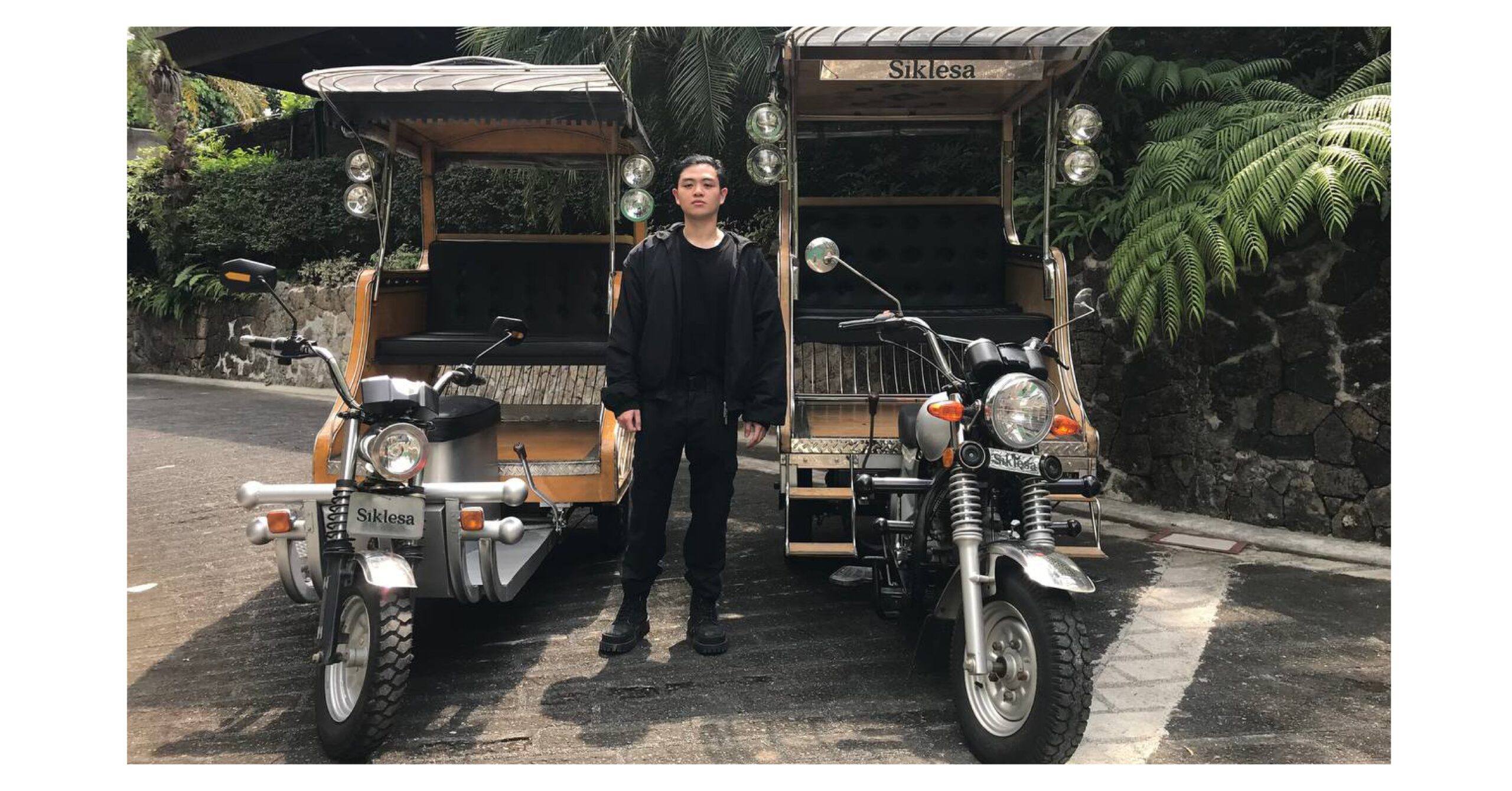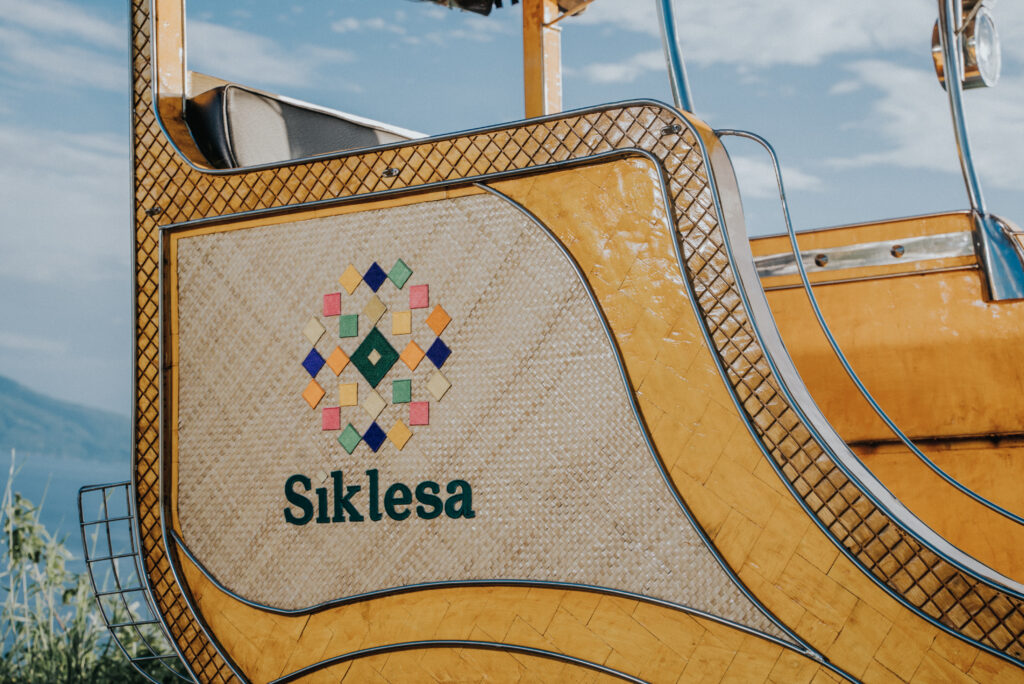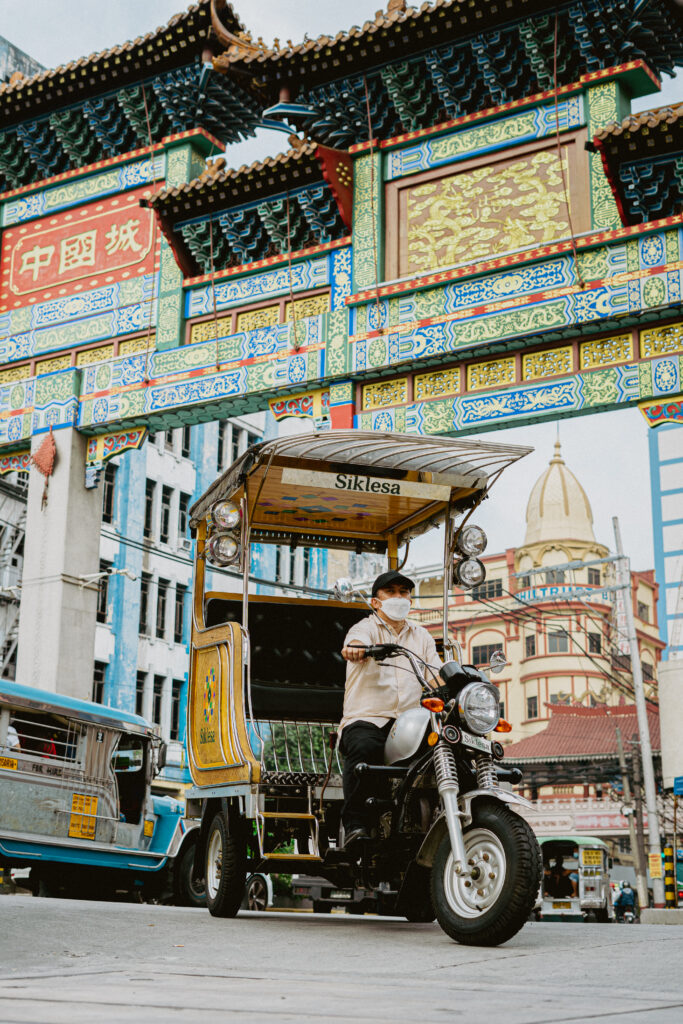By incorporating out-of-the-box innovations on an erstwhile ubiquitous mode of transportation that once enriched Philippine history, culture and tradition, young entrepreneur Lorenzo Vega reinvents the iconic Filipino horse-drawn carriage and turns it into a potential modern-day mass-transport vehicle. Are you ready to ride the “Siklesa”?
By Ma. Angelica Demegillo
One fine day sometime in March, PeopleAsia took a walk down memory lane that, strangely enough, also doubled as a ride to the future. At a sprawling residence in one of Makati’s gated villages, this writer was welcomed by a never-before-seen vehicle. It was an awe-inspiring sight to say the least. Although it resembles the traditional kalesa (horse-drawn carriage), instead of a horse, it is powered by a motorcycle.
At first glance, it looked like it was another throwback from the past, but upon closer scrutiny it seemed modern and suitable enough as a vehicle for today’s generation of Filipinos.
To anyone seeing the futuristic-looking vehicle for the first time, young entrepreneur and founder Lorenzo Vega would describe the “Siklesa,” a play on the words motorsiklo (motorcycle) and kalesa, as a three-wheeled vehicle that’s a definite improvement on the traditional Filipino horse-drawn carriage. Despite the innovations he put in, the vehicle also aims to pay homage to the country’s rich history and heritage.
How Siklesa came to life
Lorenzo recalled how his grandmother, the late Carmencita Reyes, would pick him up at his house every Sunday. They would usually go to Chinatown. On that day, his lola, shared one of her frustrations with Lorenzo that doubled as a wish.
“She told me that she dreamed of riding a three-wheeled vehicle like the kalesa to the local festival [in our province]. Instead of being pulled by a horse, however, she imagined it being powered by a motorcycle engine,” said Lorenzo.
And when his lola showed him a photo of a crude drawing of what she envisioned the vehicle to be, Lorenzo felt strongly that he should pursue building it.
“Lola, I believe this is the future,” the then 22-year-old Lorenzo told his grandmother before setting out to work. His decision to take a leap of faith led him to innovate on something that could potentially change the future of local transportation.
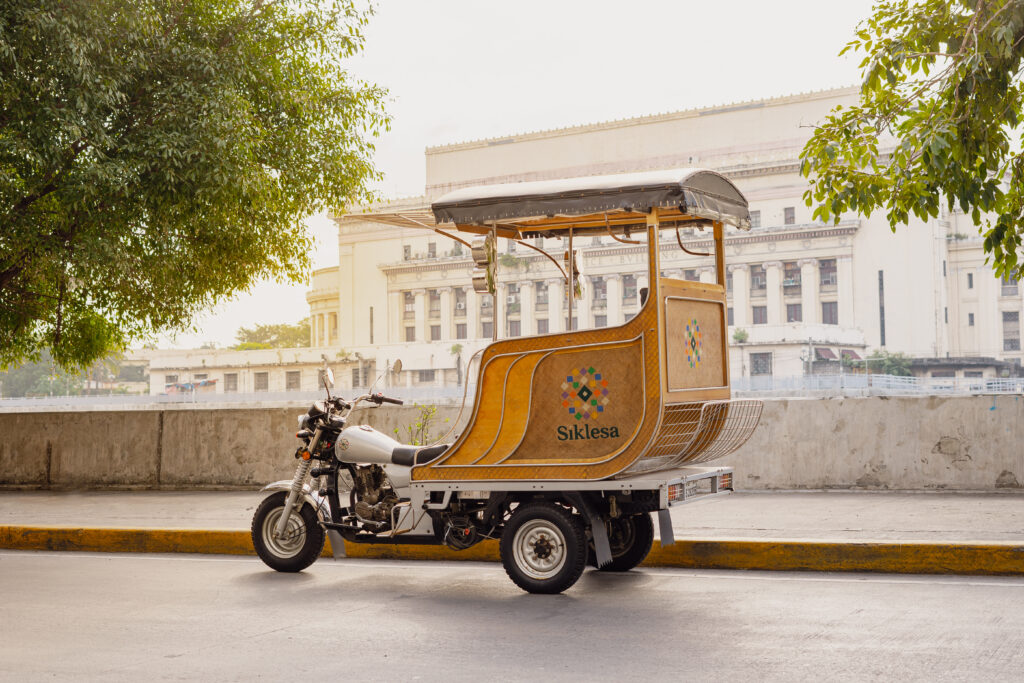
True enough, when the Siklesa debuted at the 2018 Manila FAME Expo, it bagged the Katha Award design for excellence and innovation.
His lola Carmencita had passed away in January 2019, but her legacy continues to live on to this day in the Siklesa that is patented under her name.
Overcoming hurdles
Building the Siklesa wasn’t child’s play even for the inquisitive young man. Lorenzo, who graduated with a degree in Psychology from Ateneo de Manila University, didn’t have any background in building vehicles, let alone one that hasn’t been made before.
“There is no blueprint,” the 28-year-old entrepreneur said. But that did not stop him from accomplishing what had to be done. Armed with a product design and a desire to change the world, Lorenzo soldiered on and worked for weeks that turned into months, to get the desired outcome. He tapped friends and sources that he knew could help him turn the revolutionary idea into reality. He worked closely in particular with his dear friend, architect Jaime Recto, who supported him in the whole process.
The idea was “esoteric and ambitious,” Lorenzo admitted, and convincing people that this “borderline delusional” innovation was worth taking the risk for was among the biggest challenges that he faced in his young life.
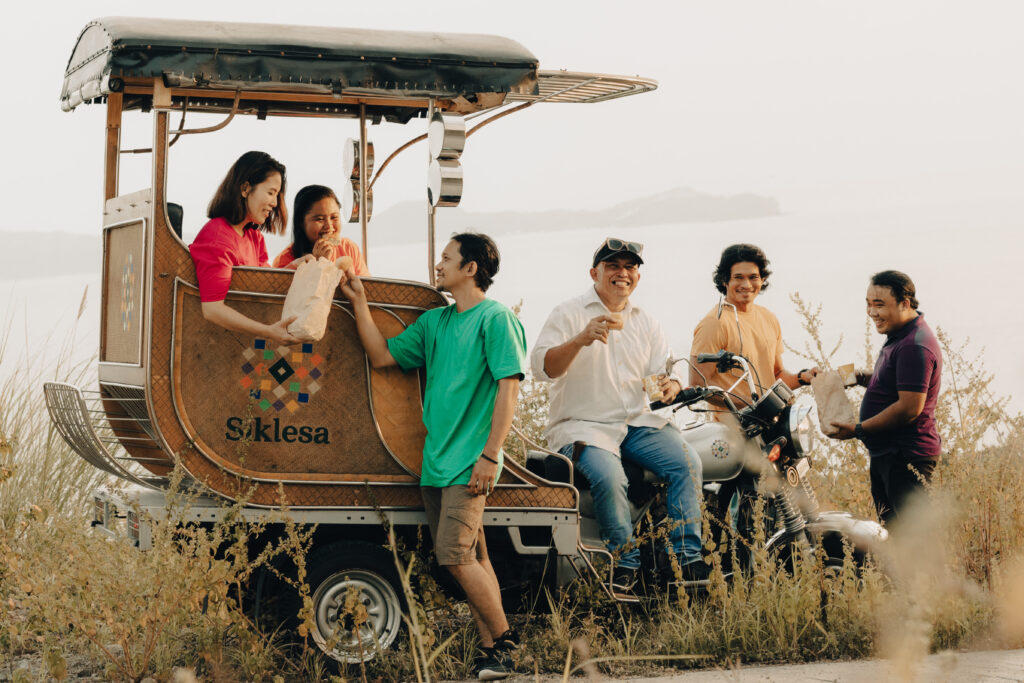
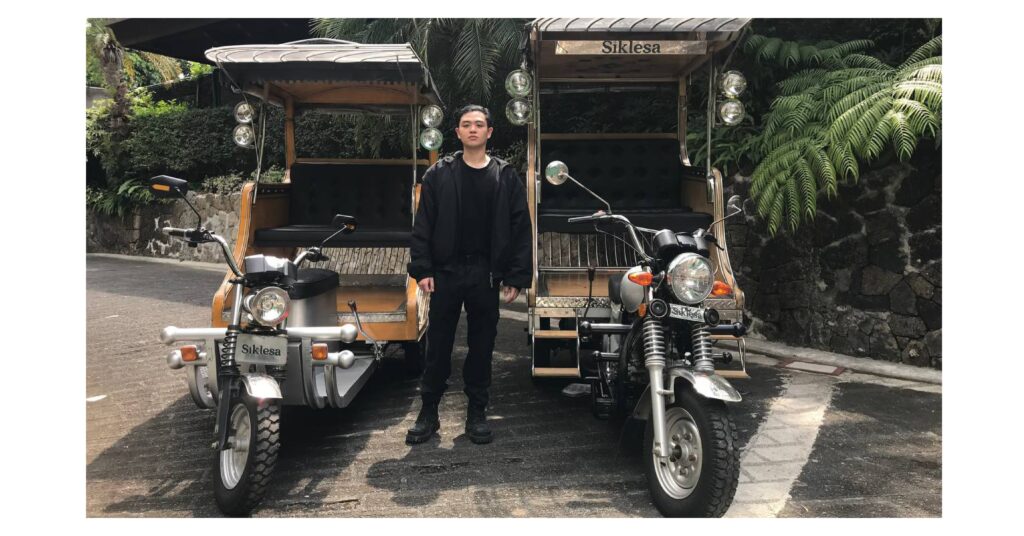
“It was very difficult to explain to people. It’s a very far-fetched dream but you need to start somewhere. And most people don’t know what they want until they see it,” he said. Had he given up on his vision, the Siklesa would have remained just that, a dream.
God knows how many revisions and versions the Siklesa has gone through before he was able to perfect it, but one thing guided him throughout the entire process—a fervent desire to encapsulate the country’s very soul by bringing together past, present and future of Filipino transportation and invariably a bit of history in one vehicle.
The future of transportation
The first prototypes of the Siklesa were powered by a gasoline-operated motorcycle engine. But with Lorenzo’s goal of reducing the world’s carbon footprint, the newest version of this state-of-the-art vehicle is now electric-powered. Lorezo sees it as a timely move where the fate of transportation is headed.
One of the most vital elements of the Siklesa’s design is its banig component (woven mat) where the logo is also woven in a different color, as seen on both sides of the vehicle. By incorporating the traditional Filipino woven mat in the design, Lorenzo hopes that the effort helps in further propagating the country’s rich heritage.
Lorenzo also feels strongly that the Siklesa, like the jeepney before it, is bound to become not only the future of transportation but also a national icon.
In the future, he envisions the Siklesa to be as ubiquitous as the jeepney.
“There will come a time when it’s no longer looked at as a novelty. I want it to be widespread. That’s the trajectory we want to go, and that’s what we’ve been working on for so long,” he shared.
He also emphasized that he believes in the capability and creativity of Filipinos. Case in point, Siklesa is a showcase of Filipino ingenuity—of his boundless potential to produce relevant and responsive inventions.
As of this writing, Lorenzo revealed that they are in the process of manufacturing more Siklesa models. However, he also shared with us that he still has no plans of putting it out in the market.
“These deals take time. It’s not yet out in the market but when it does roll out, which is very soon, it will be in a big way,” he stated.
A springboard to more innovations
Level-headed, strong-willed and endlessly-optimistic, Lorenzo has poured his all for the Siklesa. To him, it is just the beginning—a springboard that will help not only him, but hopefully countless Filipinos to innovate more, take a leap of faith and the risks and rewards that come with it.
This mindset, he said, is what has kept him fired up. Sure, there will be a lot of trade-offs and sacrifices, but the outcome and the possibility of changing the world, will always be worth it.
The journey to building the Siklesa wasn’t a walk in the park, but it allowed Lorenzo to step into places he has never been before, and he knew that it wasn’t always going to be comfortable.
“It’s always about putting yourself in a situation where you’re very uncomfortable. Because the moment you become too comfortable is the moment your mind becomes idle, then you stop trying to innovate,” he concluded.

